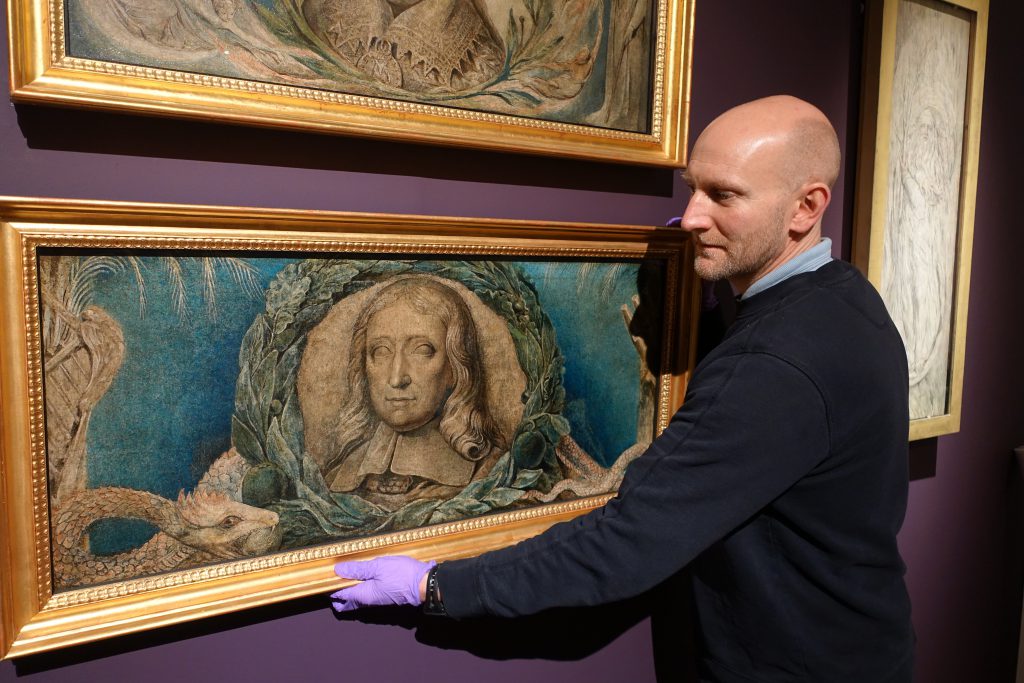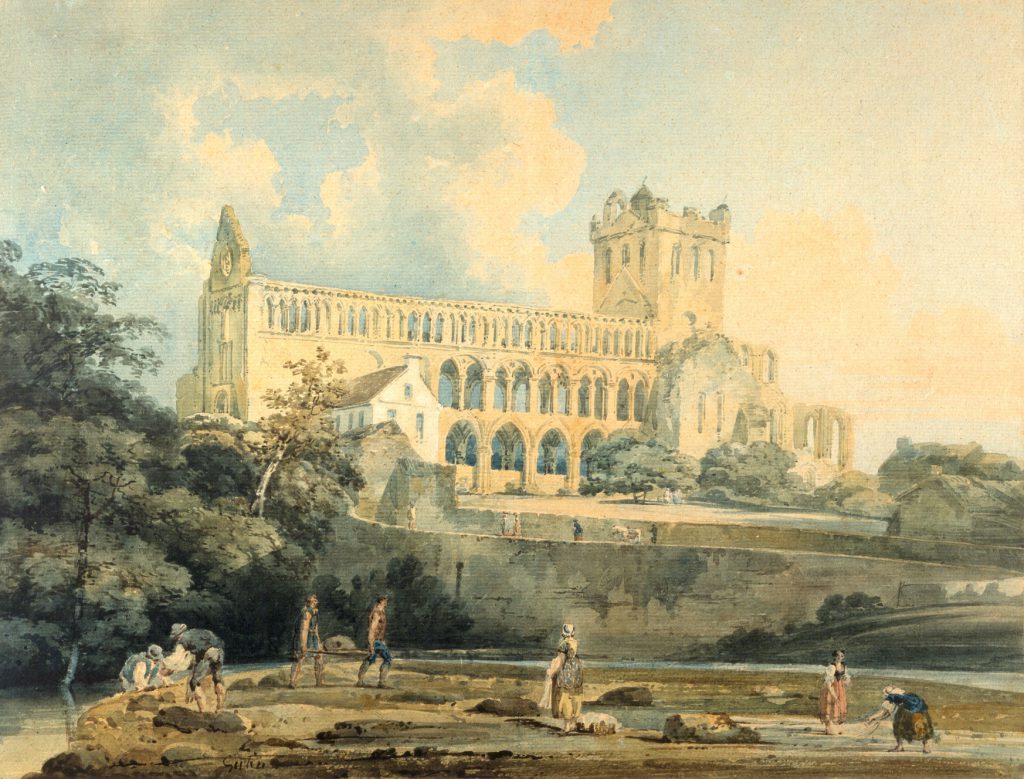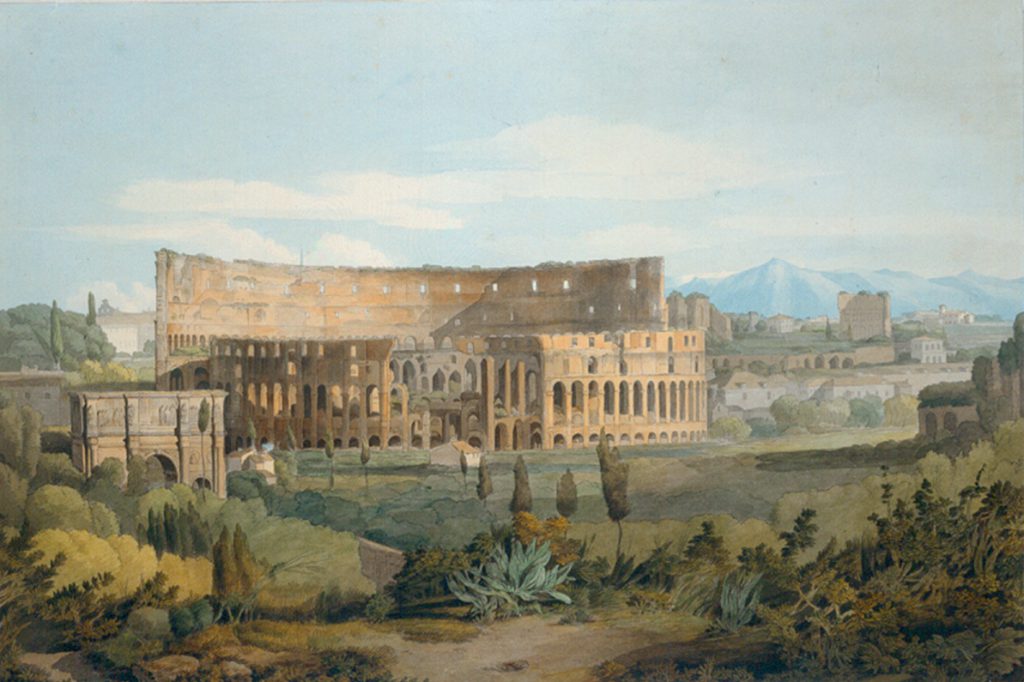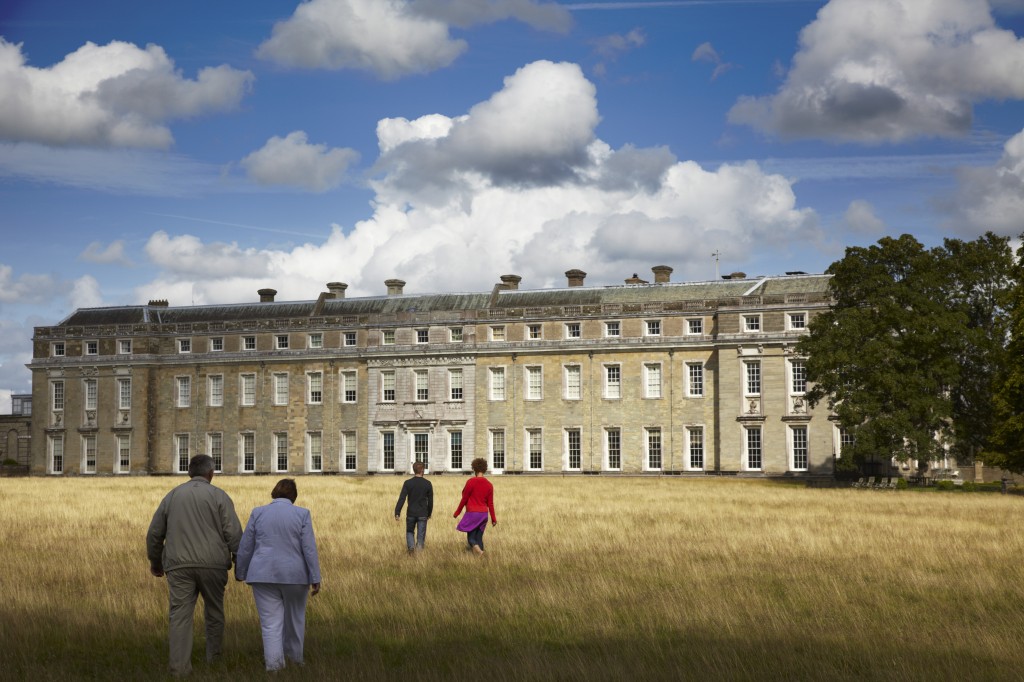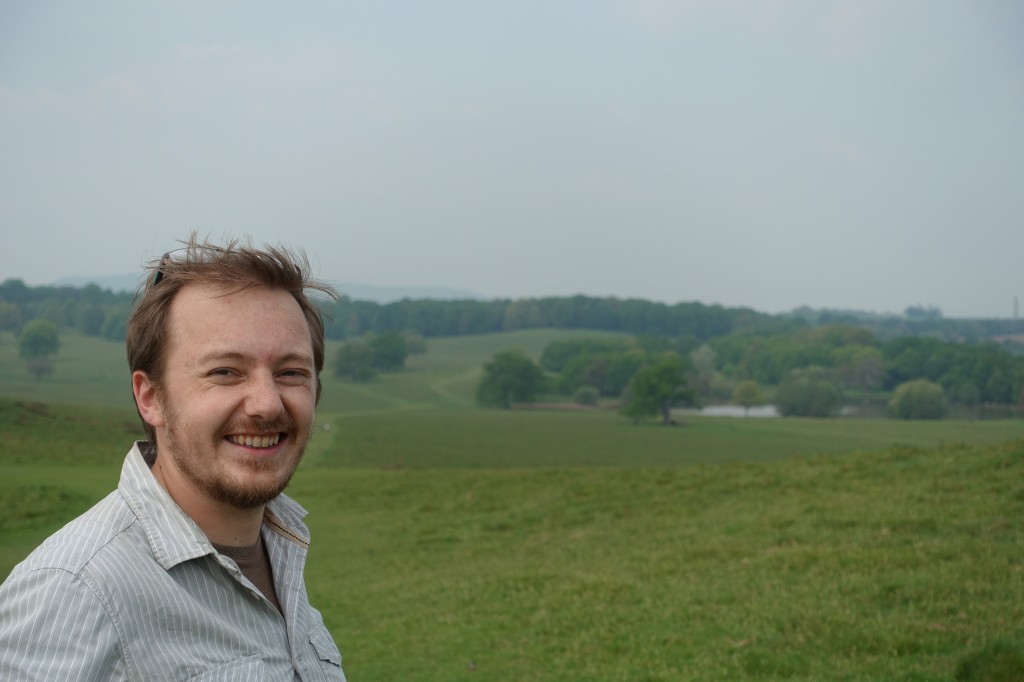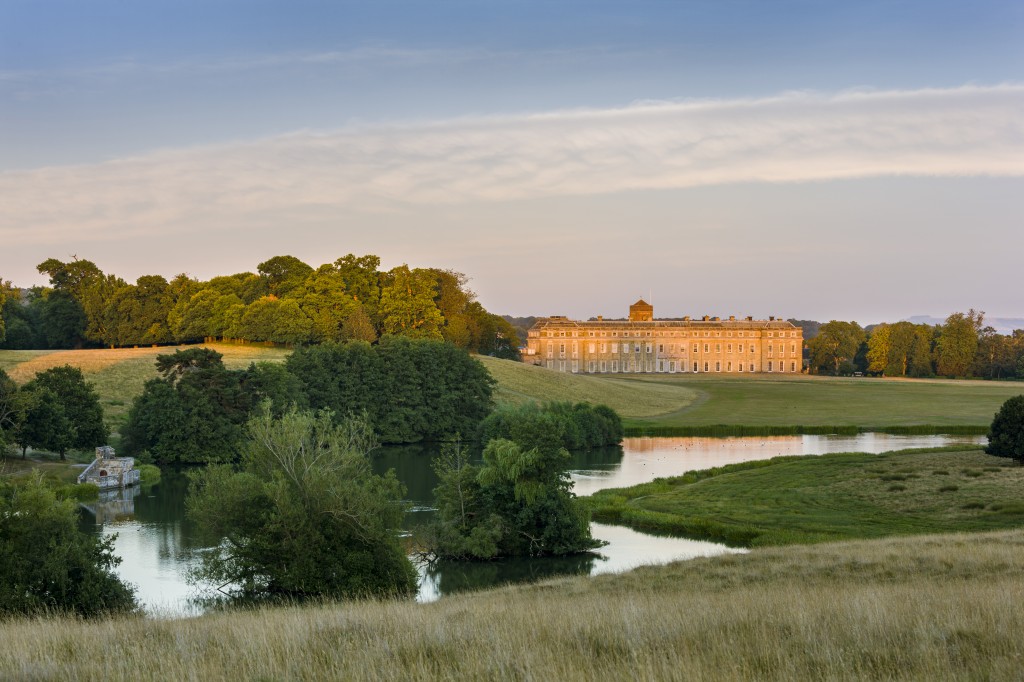
This week I am revisiting the exceptional William Blake in Sussex exhibition at Petworth House. Many visitors will be surprised to find that many of Blake’s most famous jewel like works are intimate in scale contrasting with their often epic themes.
Amongst these is the preface to Blake’s ‘Milton a Poet’ which was inspired by his time at Felpham and begun here in Sussex. The preface, titled ‘And Did Those Feet in Ancient Time’, measures just 9 x 7 inches and is better known to us today as ‘Jerusalem’. It embodies a creative freedom which responds to the pastoral, natural beauty of rural England whose spirit was awakened in Blake in Sussex.
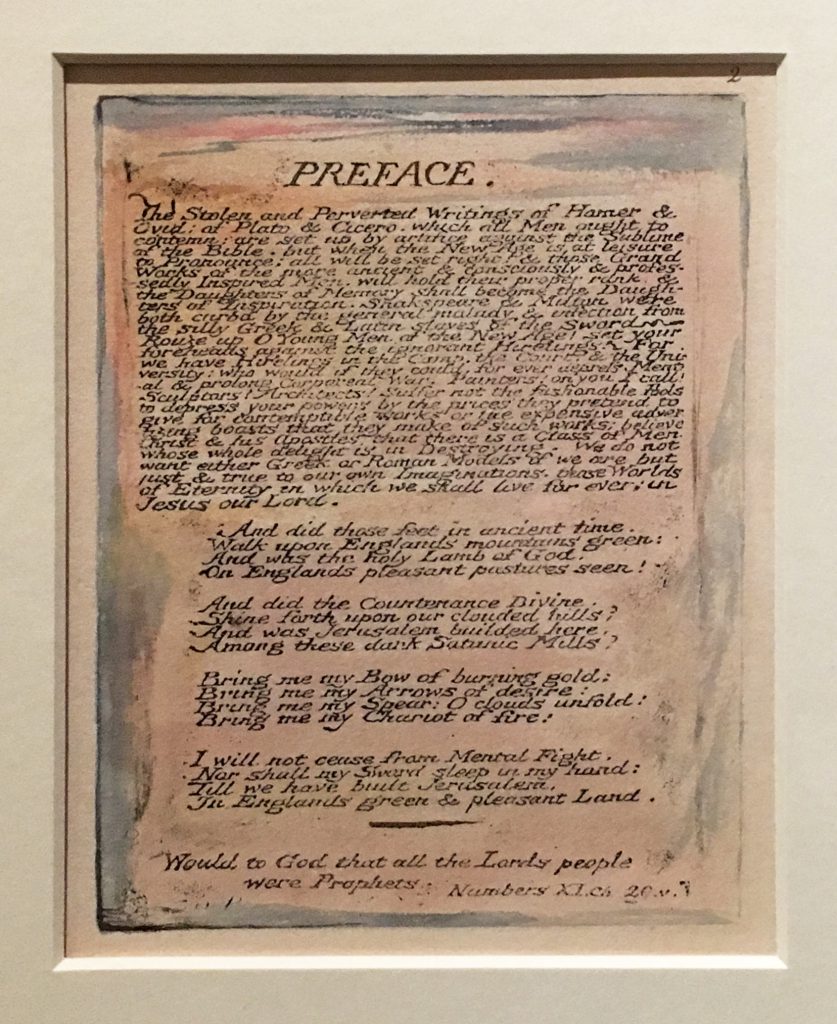
At the heart of the poem is a questioning of the myth that Jesus Christ briefly visited these Isles with his Uncle Joseph of Arimathea, a tin dealer, making the new Jerusalem, heaven on earth, here in Britain.
The poem builds on that wonderful passage from the Bible in chapter 21 of the Book of Revelations where Creation is perfected and renewed as heaven and earth are united:
‘Then I saw a new heaven and a new earth; for the first heaven and the first earth had passed away, and the sea was no more. And I saw the holy city, new Jerusalem, coming down out of heaven from God, prepared as a bride adorned for her husband; and I heard a loud voice from the throne saying,
“Behold, the dwelling of God is with humankind. He will dwell with them, and they shall be his people, and God himself will be with them, he will wipe away every tear from their eyes, and death shall be no more, neither shall there be mourning nor crying nor pain any more, for the former things have passed away.”’
Blake must have had this passage in his mind when he wrote to Thomas Butts shortly after his arrival in Sussex: ‘the sweet air and the voices of the winds, trees and birds and the odours of our happy ground makes [Felpham] a dwelling for immortals.’ Blake’s language articulates an earthly paradise contrasting with his lifelong experience of the environs of London.
A little over 100 years later in response to the huge casualties of the Battle of the Somme and declining morale Robert Bridges, the Poet Laureate, edited a patriotic anthology of poems titled ‘The Spirit of Man’. Amongst these was the then little known poem by William Blake titled ‘And Did Those Feet in Ancient Time’ better known to us today as ‘Jerusalem’.
In 1916 Bridges invited Hubert Parry to set William Blake’s poem ‘Jerusalem’ to music and the hymn became a national anthem. Jerusalem’s success inculcated redemption, renewal and hope into our national psyche.
‘Milton a Poet’ has an image titled ‘Blake’s Cottage at Felpham’. It depicts Blake visited by the figure of ‘Inspiration’ in the garden of his cottage. The narrative forms part of a very personal mythology of his own creation. Felpham continued to inform the pastoral qualities of his Arcadian figures depicted under a ‘tranquil moon’ and ‘setting sun’ in his later work.
I am delighted that Toovey’s are headline sponsors of this important show which so beautifully connects William Blake’s art and life to Sussex. This is an exceptional exhibition and The National Trust’s Andrew Loukes, Curator of William Blake in Sussex, is deserving of our thanks.
The exhibition runs at Petworth House in West Sussex until the 25th March 2018. Entry is by pre-booked timed tickets which can be purchased online at www.nationaltrust.org.uk/petworth. Discounted tickets are available to National Trust Members.
By Rupert Toovey, a senior director of Toovey’s, the leading fine art auction house in West Sussex, based on the A24 at Washington. Originally published in the West Sussex Gazette.


